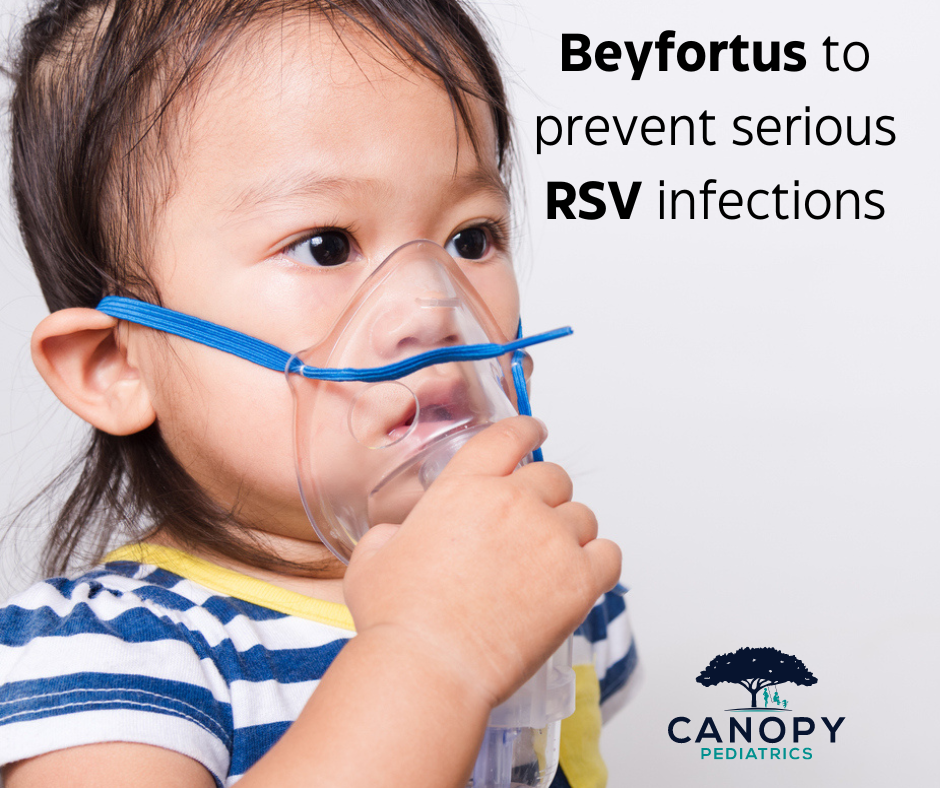By Dr. Russell Homan, MD, IBCLC | Canopy Pediatrics
Spring sunshine and blooming flowers are lovely… until allergies strike! Sneezing, itchy eyes, runny noses — we know the drill. The good news? With the right mix of over-the-counter (OTC) medications, you can get about 90% of the effectiveness of prescription allergy meds — and help your child breathe easier.
Here’s how we break it down at Canopy Pediatrics.
👶 For Little Ones (6 months to 2 years)
Start with Zyrtec (cetirizine):
- Dose: 2.5 mL once daily
- Tip: Less than 10% of kids feel drowsy. If that happens, give it at night.
🧒 For Kids 2 to 5 Years
You have two solid options:
- Zyrtec (cetirizine): 5 mL once daily
- Claritin (loratadine): 5 mL once daily
If their symptoms aren’t budging, you can step it up with a nasal steroid spray.
🌬️ Nasal Sprays: Big Relief in a Small Spray
Flonase Sensimist (fluticasone furoate) is our go-to because it’s gentle and effective.
🧒 Ages 2–11: Start with 1 spray per nostril once daily. If needed, increase to 2 sprays.
🧑 Ages 12+: 2 sprays per nostril once daily.
Other great second-generation sprays:
- Flonase (fluticasone propionate)
- Nasonex 24HR (mometasone)
✅ Look for these ingredients on the label — they’re barely absorbed into the bloodstream and super safe.
⚠️ Side note: Spray toward the outside of the nostril, not the middle. This helps avoid nosebleeds. A few people may get mild headaches.
👀 For Watery, Itchy Eyes (Allergic Conjunctivitis)
Try these tried-and-true eye drops for ages 2 and up:
- Ketotifen (Alaway or Zaditor): 1 drop per eye, twice daily
- Pataday: 1 drop per eye, once daily
- Pataday Extra Strength (our favorite): 1 drop per eye, once daily
🚫 Avoid other OTC drops without ketotifen or olopatadine (Patanol) — they just don’t work as well.
💊 Bonus: Zyrtec and Claritin help with eye symptoms, too!
💪 For Stubborn Symptoms
Still not seeing enough improvement? You can also add Astepro (azelastine), a nasal antihistamine spray:
- 1 spray per nostril twice daily
- Approved for ages 6 and up
- Heads-up: it can have a bitter taste (the kids’ version smells a little nicer!)
🍯 What About Natural Remedies?
We talk about those too! When I see patients in my office, we often chat about natural support, like local honey, which may help mild symptoms over time. The more ways we control allergies — gently and consistently — the better kids feel.
🩺 When to Call Your Pediatrician
If your child’s allergies aren’t improving within a week, or you’re unsure where to start, reach out to your pediatrician or allergist. It’s always better to get ahead of allergies than to play catch-up later.
✨ With this smart, simple plan, you’re well on your way to helping your child enjoy the outdoors again — no tissue box required!


